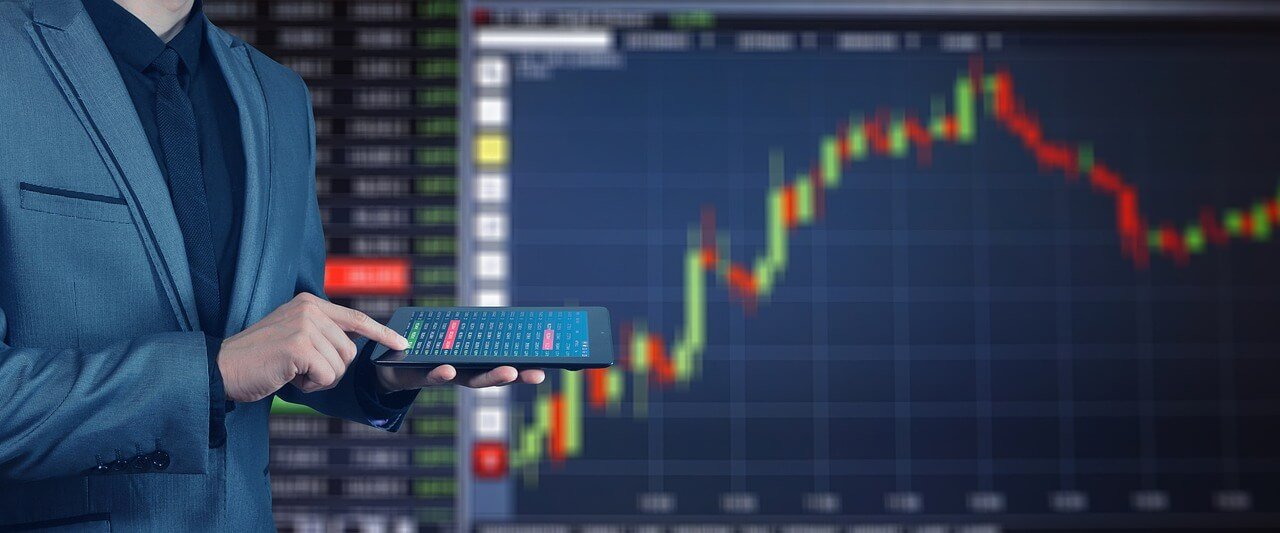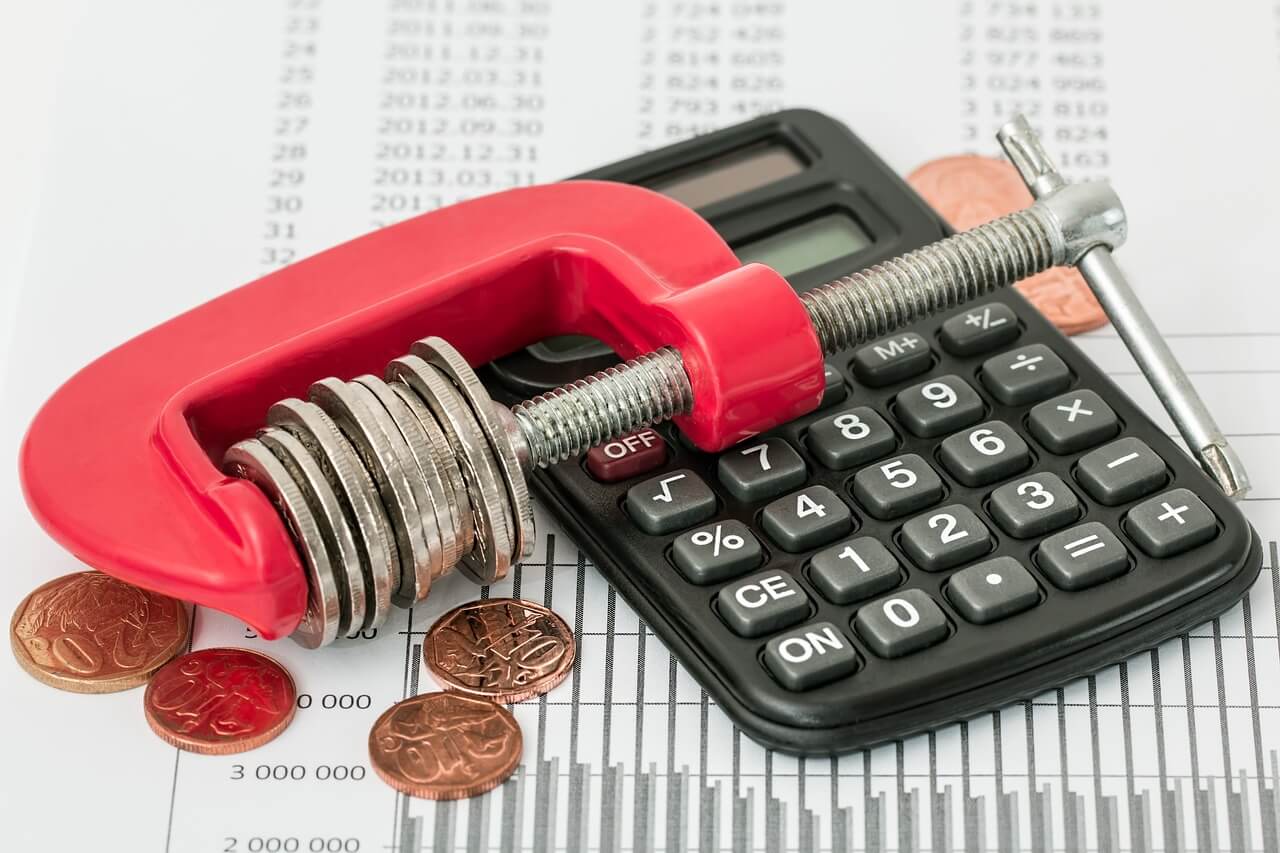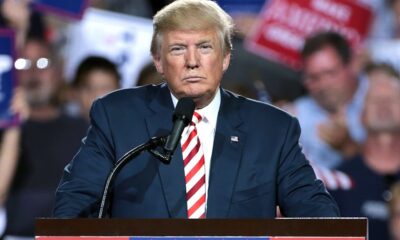Featured
What to know about the inflation tsunami before us
Last year, inflation and deflation have shut down several businesses. Investors therefore, need to work around this issue while flexing their savings.

Inflation is one of the most misunderstood, misused and lied about topics in economics. The Fed professes to know what causes it: an overly employed workforce. But, perhaps it is aware this is false and intentionally promulgates the ruse of growth as inflation’s progenitor because central banks want to deflect attention away from its money printing. Nevertheless, one thing is abundantly clear, we all have to agree that the Fed can’t readily control the exact rate of inflation; nor can it direct what the repositories will be for its quantitative counterfeiting misadventures.
Ever since the Great Recession, the Fed, along with all other major central banks, adopted a perplexing 2% inflation target. Their avowed purpose was that a 2% inflation rate is a necessary condition to maintain a healthy economy. However, the sad truth behind central banks’ inflation targets is that a constant rate of inflation is now sought in order to prevent asset prices from ever deflating as they did during the Great Recession.
Inflation, at least as measured by the Fed, has been below target for the past nine years. Ironically, nine years of failure to reach its dollar-depreciation goal has not dissuaded the Fed to temporarily reverse course on its Quantitative Easing and Zero Interest Rate Policies. Perhaps this is because it is in a panic to refill the money printing presses with ink before the next recession is upon us.
However, the Fed will soon be back in the interest manipulation business like never before in its history. And its 2% inflation target will be something that only can be viewed far in the rearview mirror.
Here’s why. Given the record $21 trillion of U.S. National debt (105% of GDP) and our escalating solvency concerns, the current 2.6% benchmark Treasury yield should already be much higher than the historical average of around 7%. Then, we when you throw in the fact the Fed’s balance sheet reduction increases to $50 billion per month by October. And, when considering the ECB has already halved its QE program, and is predicted to be finished printing money by the end of this year; yields on sovereign debt will soon be rising sharply across the globe.
And now you have to also throw into this rising rate recipe the fact that the Bank of Japan just reduced its bond purchases; China has issued a brand-new threat to stop buying Treasuries. According to Bloomberg, senior government officials in Beijing have recommended slowing or halting purchases of U.S. Treasuries. This is most likely in response to Trump’s threats of tariffs and sanctions against China. That’s the first step before outright sales. Since the Communist nation is the world’s largest holder of US debt, you can realize the precarious position of this bond bubble.
We also have soaring debt and deficits. The amount of red ink is projected to reach around $1.2 trillion per year by fiscal 2019, but that is just start of the bad news. The baseline projection is that there will be $12 trillion added to the $21 trillion National debt over the next ten years. Then you add on to the debt Trump’s next fiscal gimmick, a massive infrastructure plan, which will add hundreds of billions to the total of red ink. Since the next recession most likely isn’t more than just a few quarters away—and is already long overdue—deficits will jump again by a further trillion dollars per annum just like they did during the four years from 2009-2012.
Plus, every 100 basis points higher in average interest costs on the outstanding debt piles on another $200 billion in debt service payments per year, which is expected to climb to $1 trillion of interest expenses by 2027—but that’s only if interest rates merely ascend slowly and end up rising to less than half their historical average. All this will be happening as the Fed is dumping $600 billion per year of MBS and Treasuries on to the balance sheet of taxpayers!

National Debt is projected at $33 trillion by 2028. (Source)
The upcoming surge in bond yields should lead to a stock market and economic collapse that will bring central banks around the world to their knees.
Which brings me back to explaining what inflation is and why it could soon grow intractable. The Keynesian economists that run the Fed and dominate Wall Street believe dogmatically that inflation is a function of too many people working. To the contrary, prosperity has nothing at all to do with inflation. Inflation is all about the market losing faith in a fiat currency’s purchasing power. This most often occurs when there is a rapid increase in money supply; not just base money but broad money supply growth. It can also be the result of an existential threat to a country that would result in the current currency in use becoming extinct.
So here’s how the next super spike in inflation will play out. The next recession is long overdue and on its way very soon. The most probable cause will be a global spike in long-term interest rates. This next recession will cause asset prices to plummet and bring about a truncated period of rapid deflation, an inverted yield curve, and economic chaos.
The Fed will be in a panic to reflate the massive equity and bond bubbles, but the limitations of only being able to lower the Fed Funds Rate by a relatively small number of basis points and going back to QE isn’t going to work well enough or fast enough to retard the tide of selling. This is because nearly all of the Fed’s new credit will once again accumulate as excess reserves in the banking system and will not quickly save the public and private pension plans from getting destroyed.
The government is going to need to get both the supply and velocity of broad money to increase quickly. Look for ideas such as; Universal Basic Income, Helicopter Money and Negative Interest Rate Policies (which will require the banning of physical cash) as part of the extraordinary measures that could be undertaken this time around.
Those measures will surely be enough to shake faith in the dollar’s purchasing power and cause inflation to rise dramatically. Much more than the Fed’s phony and worthless 2% target. Indeed, inflation could even go hyper.
The bottom line is that government will soon lose control of markets and the swings between inflation and deflation will become much more intense and violent. Therefore, investors will need a dynamic strategy to hedge against both conditions in order to have any hope of getting a real return on their savings.
—
DISCLAIMER: This article expresses my own ideas and opinions. Any information I have shared are from sources that I believe to be reliable and accurate. I did not receive any financial compensation in writing this post, nor do I own any shares in any company I’ve mentioned. I encourage any reader to do their own diligent research first before making any investment decisions.

-

 Fintech1 week ago
Fintech1 week agoN26 Hires UBS Executive to Lead Turnaround Amid Regulatory Pressure
-

 Crowdfunding2 weeks ago
Crowdfunding2 weeks agoDigital Finance Fosters Inclusivity: Women and Minorities Lead in Italian Equity Crowdfunding
-

 Biotech3 days ago
Biotech3 days agoCAR-T Therapies: From Breakthrough Cancer Treatment to Faster, Safer, and More Accessible Immunotherapy
-

 Cannabis1 week ago
Cannabis1 week agoLuxembourg’s Cannabis Paradox: Legal at Home, Restricted Everywhere Else

























You must be logged in to post a comment Login